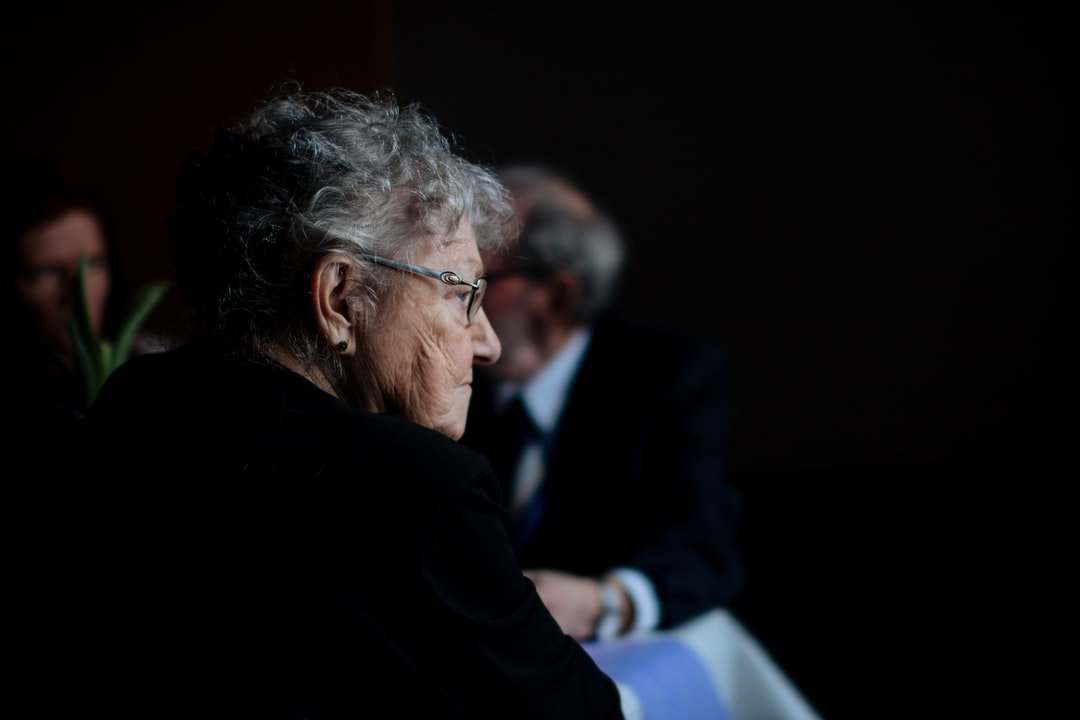Elderly Monitoring - Traditional wired A monitoring System For Elderly in the Home

There are many different types of elderly monitoring sensors available to senior citizens. These include PIR (passive infrared) cameras, hand held remote units and more. Each type has its own pros and cons. This article will discuss the most common sensor options.
One type of Life Alert alternatives elderly monitoring sensors that is gaining popularity is the PIR camera. This is ideal for elderly parents who are away at work. The unit is small enough to fit into a bag and can be used by the aging parents without them knowing. The camera records video footage of the area it's in and can be uploaded to a medical alert system or other location where you may need to contact the senior. The video can then be sent to a medical professional, who can use it to determine if a medical emergency exists. Some elderly monitoring sensors are designed to allow for "silent" monitoring. This means that the elderly parent can continue to live in their home but are notified if anything happens. These types of home sensors can be useful when parents may be away on vacation or business trips. The unit will only turn on when the sensor is triggered and won't turn on unless someone actually contacts you.
Some seniors may worry about some of the new smart city technology available these days. While there are many wonderful elderly monitoring sensors that allow for easy monitoring, some seniors still feel that their privacy is invaded. You can choose some smart city technologies, such as smart contact monitoring. In this case, the elderly parents contact the senior monitoring system if they have any concerns about a member of the home. If they don't make the call, the device will turn on and send a text message or phone call to the resident. A good example of elderly monitoring sensors that are not considered "smart doorbells" is the use of normal cellular phones as monitoring sensors. There are several wireless devices that can be used as a form of a smart doorbell that contact the home's monitoring system when doors or windows are opened. These type of elderly monitoring sensors are usually triggered by normal routine movements within the home.
Using traditional wired devices for elderly monitoring sensors can be a great way to help the elderly enjoy a "feel-normal" life. However, by using some of the new, more advanced technology, the senior in the home can live independently and have a greater sense of freedom. They can take care of themselves without worrying about missing doctor appointments or notifying a live-in care provider if they need something.Learn more about sensors at https://www.britannica.com/technology/proximity-fuze.
